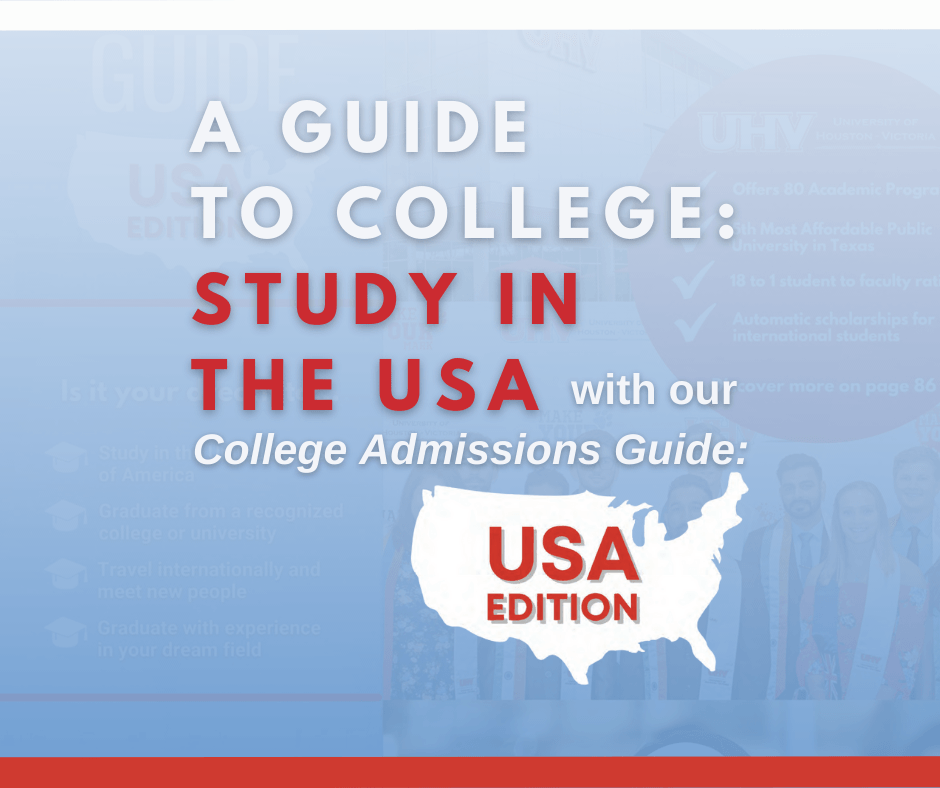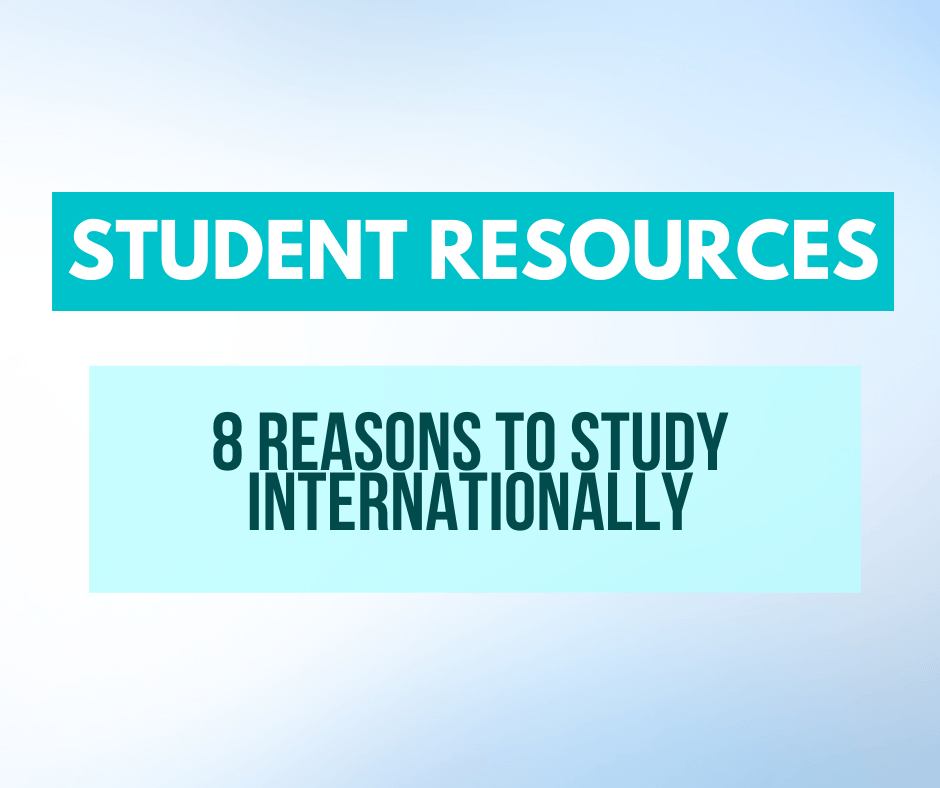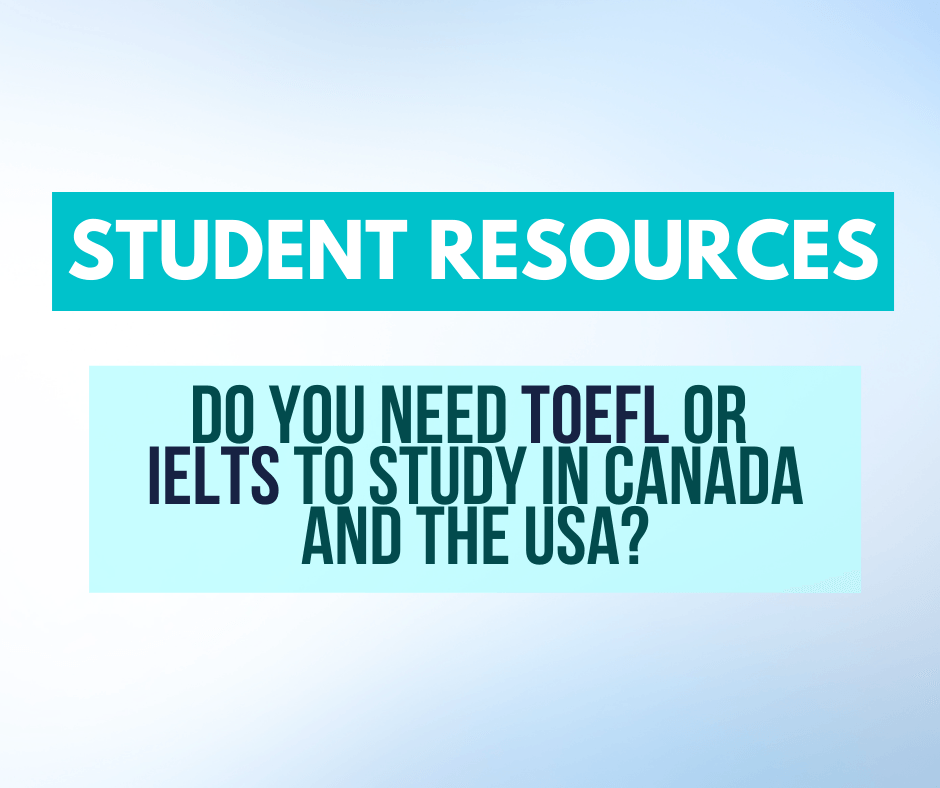5 Steps to Take After a Virtual Fair
Are you a recruiter that just finished taking part in one of our fairs, but are unsure of what to do next, to continue achieving your international admission goals? Well, at Worldwide College Tours, we are all about helping those who want to help students succeed. Once you have completed our virtual college and university fair, you have had the opportunity to talk with various students about what they are looking for in post-secondary education. Therefore, it is now the opportunity to follow up with these students based on the leads we have provided you with, to ensure those applications continue to flow in.
One: Receive and Organize Students Leads into CRM
Once the virtual fair has finished, every exhibitor will receive an excel sheet of all the students' responses to the 22-point questionnaire form from our registration. This 22-point questionnaire is completed prior to the virtual fair, as it asks detailed questions about a student to decipher want, they want from post-secondary. Our registration includes a student's personal information, their family income, their interests, and more. This will give you a great leeway into future conversation for prospective students because you already have their interests at hand, which means you can better help them with their decision and admissions process. Once the leads have been received, you can implement them into your customer relationship management (CRM). This refers to the follow up process that you want to have with a potential student. From the questionnaire that you will receive from us, you will be able to contact a student through various outlets to determine what they want or need from you. For example, if a student is currently enrolled in the 10th grade (sophomore year), then you should not be contacting them about enrollment and applications, but about what your institution has to offer them in two years' time. Plan yourself to become a guidance to these students who are interested in post-secondary, so they are comfortable being open about what they expect from post-secondary and questions they may have.
Two: Connect with Hot Leads
Hot leads are the students who want to be studying in the nearing future or for their next semester. In our questionnaire, students will input when they are going to begin their studies which is why you should break down each lead per CRM. Breaking up each student into a category allows you to follow up with students who are actively looking into enrollment compared to those who still have time before graduating secondary school. When connecting with hot leads, you do not want to seem aggressive as you are wanting to help them more than anything. This translates to helping them fill out an application if they need help and guiding them through the process of understanding what your institution can offer them.
Three: Develop a Follow Up Strategy
As a recruiter, you need to have a plan in place on how you plan to connect with students after the virtual fair. Now that you have piqued the interest of students and their parents, you need to stay connected with them to ensure they enroll at your school to help your international numbers. There are various basic principles that you can use to ensure you stay on a student’s radar.
Part One: Ring, ring, ring
Did you hear that? It is the sounds of what we call one of the most beneficial tools to connecting with a student after our virtual fairs. We know that it is understandable that most students enjoy being able to connect through emails or even social media; however, a phone call goes a long way compared to a quick message on a screen. Most of us hate the notion of picking up the phone and making a call to prospective students. This is because phone calls have decreased in value, as online technology has increased in value. However, this is not always the case because although virtual messaging can be beneficial, there is the opportunity for miscommunication through both parties. Based on some research conducted, some students take more value in phone calls because it shows them that your institution cares about them, and their opinions. Contact through technology can be inconsistent because there may be difference in time zones or work hours. However, a phone call happens in current time, and can usually take anywhere from 5 minutes to fifteen minutes, depending on what you want to discuss with a student and what they have questions about. Assuming that you understand the importance of phone calls, here are some things to keep in mind to ensure you make the most of every phone call with prospective students:
- Try to keep your phone calls under fifteen minutes. Unless the student or parent is the one asking questions and dominating the phone call, you do not want the individual on the other end feeling disconnected because the conversation is being dragged on.
- Do not make the phone call seem like a sales pitch, ensure you are focusing on the student and not your institution. You are trying to recruit them to your institution which means the phone call should be specific to them and what you can offer them in relation to their post-secondary experience. Unless the student starts to ask about your institution, try to keep conversation directed at them and their wants and needs.
Part Two: *Whoosh* Email Sent
Emails are the easiest way for institutions and prospective students to communicate. Emails give you the capability to translate content easily for students who may be new to English, or for representatives who do not speak the language of the student they are connecting with. There are two forms of email communication you can use, depending on who you are targeting. If you are wanting to contact with “hot leads” then you should consider sending a personal email to them. This ensures you are grabbing their attention and showing them you care about helping with their application process and getting them accepted into your institution.
If a student still has a few years before applying for post-secondary, you should consider adding them to your email database which will send out emails on general information about your institution. This will allow you to stay on their radar and allow you to stay connected with students who have shown interest in your institution.
Part Three: Snail Mail
Snail mail is referred to as regular postal service. Although this may be a slower process than emails or a phone call, the excitement from receiving something in the mail is still there. When a student receives something in the mail from an institution, they are filled with a sort of glee because it shows them that you cared enough about them to spend the time shipping something to them. However, you may want to put some thought into the packages you are sending to students, to try and refrain from being generic. What we mean by this, is trying to personalize each package to that specific student. Send them packages that relate to the programs or degrees they are specifically interested in, which can be found through the excel sheet we send you at the end of the fair. It is important to understand the impact direct mail can have on a student, which is why you should try to keep these elements in mind when stamping a package:
- Try to make the package stand out among the others that may be sent. This means enhancing your branding a little more through your institution coloured packages or logo design.
- Make sure you are not sending meaningless information. More times than not, when someone is sending something from an institution they think “what else can we fit in this package?” This ends up with a bunch of items that may not be useful to a student, so be sure to take the time to think about what you want to send a student to make them interested in your institution.
Four: Keep Return-on-Investment High
It takes time to see results, which is why you should integrate a plan into your routine to ensure that you continue to review your follow-ups and leads to have a greater return on investment. What we mean by this is creating a list of the students or parents you have connected with already, and if you have yet to receive any information back, to be in contact with them and find out how they are doing. You want to ensure you are being specific to the student or parent you are trying to re-connect with, and when doing so, consider doing these actions:
- Try and connect a student with an alum from the same country and program as them. This gives the student real life feedback from someone who has recently been in their shoes and will understand their hesitation.
- Set up a video call between yourself and the student to supply them any opportunities to ask questions about programs, finances, or immigration.
- Invite students to take part in a virtual campus tour which will give them something to look forward to, as well as get an introduction into the environment they may be attending.
- Try and connect students with student clubs that are focused or created for internationals students. Like speaking with a graduate, this will give a student a chance to speak with students who are already enrolled and give honest feedback and answers to their feelings.
Five: Join More Virtual Fairs to Grow Prospective Student Database
To encourage the growth of your international admission numbers, be sure to join more recruitment strategies like Worldwide College Tour’s virtual fairs. Participating in virtual fairs gives your institution the exposure they need to connect with students all over the world. Depending on what is included in the virtual fair, you want to do your diligence to ensure you get the most from your recruitment budget. At Worldwide College Tours, our exhibitors will be involved in all marketing strategies which includes an institution specific school of the day post, all social media marketing strategies for the virtual fair, and email marketing strategies. Therefore, your institution will be involved in more than just our virtual fair, but all the incentives that come along with working with us.
Every institution who works with us gets an extensive excel sheet with every student who has registered for that fair, as well as a second list of the students who visited your booth specifically. However, if you are a speaker, you will get another list of all the students who attended your session. This will give you an extensive number of leads and information that could provide you with a wide volume of prospective students. Ergo, if you join our virtual fairs you will begin to see stable results in the heightening of your international numbers. These 5 steps are just as important as the fair itself. These steps will allow you to maximize your recruitment efforts and gain more leads. If you do not follow up on all the leads you made during our fair, you are missing the opportunity to recruit students who are already interested in studying abroad, but may not have been as active on the platform due to time constraints and busy lifestyles.
Click HERE to see our upcoming virtual fair schedule from 2021 – 2022.
Explore New Opportunities, with Worldwide College Tours




